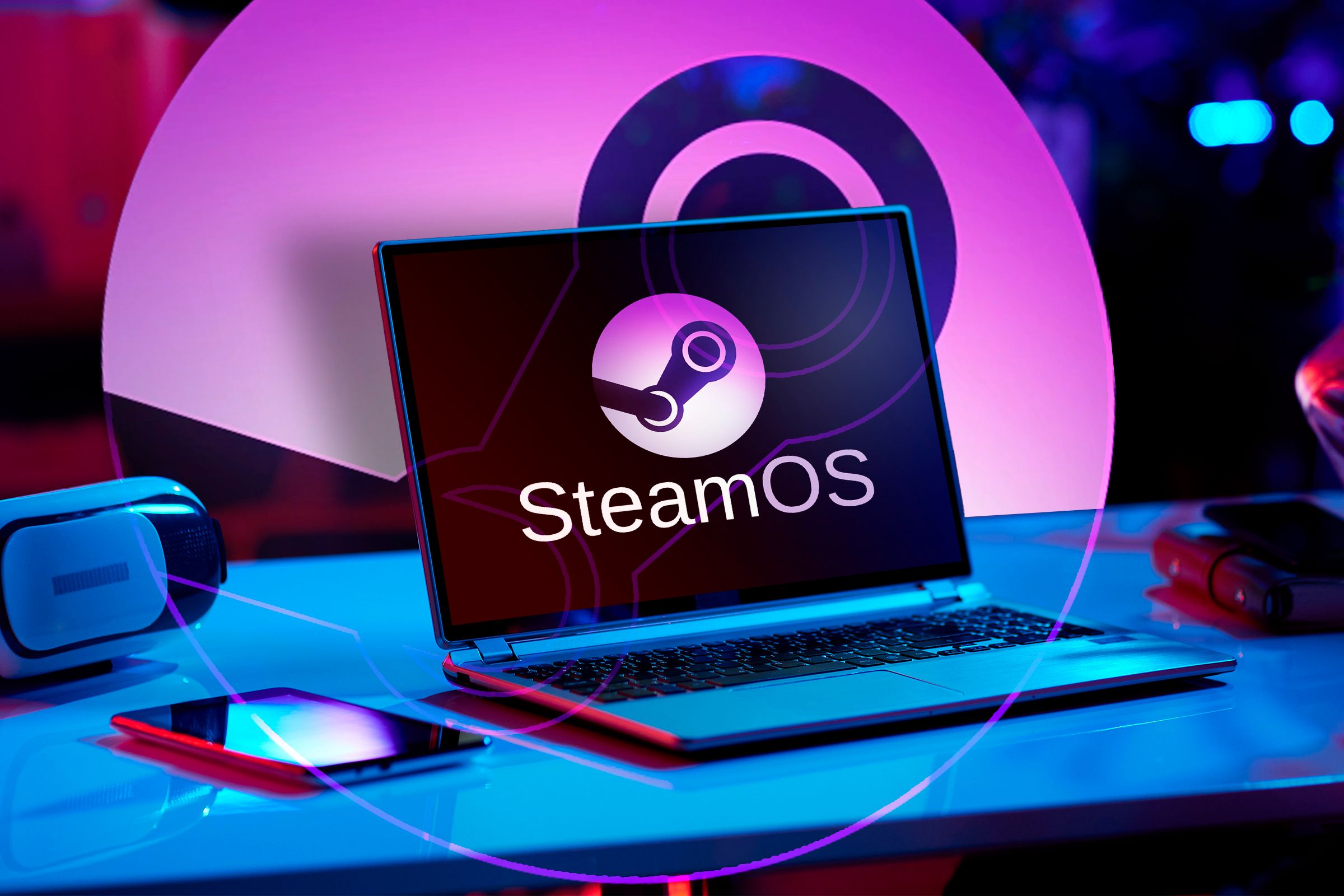From crossword puzzles to the venerable Spelling Bee, the New York Times has long been associated with difficult and interesting challenges. Among puzzle aficionados, NYT Connections, the most recent addition to their repertory, is fast turning into a favorite. Whether your search is for suggestions, techniques, or even today’s responses, this book has all you need to solve the riddle squarely. This thorough essay will help you to discover “NYT Connections answers today” with confidence by exploring the origins, structure, solving approaches, and common topics.
Solving the NYT Connections Puzzle?
Modern take on traditional word challenges is NYT Connections. Players are given a grid of usually sixteen words per day that needs to be divided into four groups depending on secret links. These groups might be founded in themes, synonyms, puns, or even cultural allusions. This is a great brain workout since the challenge calls both logical deduction and artistic imagination.
Unlike some problems where hints are clear-cut, the difficulty in Connections is in identifying faint links. Words that initially seem unconnected, for instance, could all fit into a common category—that of colors, elements, or even well-known companies. The excitement comes from that “aha!,” moment when the connections unexpectedly show themselves.
Connections’ Growing Popularity

Players flood social media and internet forums with comments and solution guides for every fresh problem. Common searches like “nyt connections today answers” are those used by solvers enthusiastically sharing and debating possible groupings. This active community not only promotes a competitive attitude but also builds a communal knowledge base that enables newbies to pick connections fast.
The architecture of the problem finds a mix of challenge and accessibility.
While seasoned players can delve into more obscure connections, beginners might start with clear groups. The puzzle thus functions as a stimulating brain exercise as well as a leisure activity.
How the Puzzle Works: An All-Inclusive Guide
One must first grasp the fundamental mechanics before going into possible solutions for the puzzle of today. The normal process is broken out here:
Study the Grid:
You have sixteen words before you. To obtain an idea of possible themes, first go over every word. Sometimes a word seems out of place or may have double meaning.
List instantaneous connections:
Search for clearly related sets of words. For instance, words like “emerald,” ” ruby,” “sapphire,” and “topaz,” would naturally cluster as gemstones.
List potential categories for your project.
Think broadly: would the words link abstractly (emotions, states of matter, pop culture allusions) or via functions (tools, cuisines, professions)?
Examine Your Ideas:
Begin organizing the terms. Sometimes rearranging the phrases on paper or utilizing a digital note will help one picture possible groupings. Be adaptable and ready to change your approach since occasionally a word might fit several groups.
Review and polish:
Cross-check the last words following your first grouping. Make sure every group has a clear, shared thread and that no term seems pushed into a category it doesn’t belong there.
Verify your response.
Once you have arranged all sixteen words into four tidy sets of four, back off and check. Ask yourself whether every group has a clear and strong relationship. If yes, you probably solved the riddle!
Techniques for Finding “NYT Connections Answers Today”
Here are some tried-and-true tactics for people who find themselves stumped or just want to hone their abilities:
1. Begin with the obvious
Start by separating terms that definitely fit together. Look for recurring trends like these:
Colors: Terms including “scarlet,” “indigo,” or “violet.”
Words like “first, “second, “third, “fourth,” or “sequence,” have numerical value.
Try grouping any set of terms you come across that might allude to businesses or well-known persons.
2. Consider Alternately
Many of terms have several connotations or meanings. For one:
A term could have both a literal and a metaphorical connotations.
Sometimes the link is concealed in a joke or wordplay. A word like “leaf” could indicate a page in a book or be used in a group referencing trees.
3. Put It Down on Writing
When it comes to organizing your ideas, pen and paper (or a digital note) is indispensible. List possible groups and jot down any instantaneous connections that strike you. Often, visual arrangement shows links you might have otherwise overlooked.
4. Apply a method of elimination.
Start by boldly grouping the terms you know for sure if some are confusing you. Once these groupings start to develop, process of elimination usually helps the remaining words to fit.
5. Take part in the community dialogue.
The neighborhood around the NYT is really vibrant. Many websites, forums, and social media groups address everyday problems. Interacting with other players increases your respect of the complexity of the challenge in addition to providing hints and various viewpoints. Remember, the challenge itself brings real delight even if discovering the “nyt connections today answers” can be tempting.
Typical Themes and Groupings in NYT Connections

Though every day offers a different set of words, some themes seem to resurface. Knowing these shared strands will help you solve more quickly:
Words could indicate elements from the periodic table, metals, or natural materials.
Sometimes the riddle veers toward cultural allusions including well-known book names, films, or characters.
Culinary terminology sometimes combine, such as ingredients, beverages, or forms of cuisine.
Sports and Games: Group can include athletic jargon, tools, even team names.
Technology and Innovation: Words relating to tech—apps, devices, or digital trends—often find expression in our current era.
If today’s puzzle calls for words like ” Java, Python, Ruby, and Swift, for instance, these would fit under “programming languages.” In another case, a set comprising “pitch, “base, “diamond,,” and “bat,” would obviously pertain to baseball terminology.
A hypothetical analysis of the puzzle of today
Although the particular “NYT Connections answers today” vary daily, let’s run through a hypothetical scenario to show the process:
The Puzzle Grid with Hypothetical Words:
Words List: Spark, Diamond, Mercury, Venus, Pitch, Catch, Base, Home, Cell, Battery, Charge, Amp, Note, Scale, Clef, Staff
Various Groups:
Group 1: Musical Term Set
Connection: Each of them is basic component of musical notation.
Group 2: Terminology for Baseball
Connection: Baseball is usually connected with these words.
Group 3: Electricity and Energy
Every phrase relates to either electricity or energy storage.
Group 4: Cosmic or Gemstone Associations
Though “diamond” doubles as a jewel and a baseball field, in this context the heavenly clues (Mercury and Venus) can suggest a group concentrated on space and shine; “spark” would seem out of place but it might evoke brightness or ignition.
Every group in a true puzzle will clearly be connected. The secret is adaptability; occasionally terms like “diamond” could mean several things. The best approach is to view the puzzle holistically and be ready to rearrange words should a more logical groupings develop.
Modern Methodologies for Solving Problems
Here are some advanced ideas for committed players trying to improve:
Exercises in lateral thinking: routinely push oneself with problems outside the NYT ecosystem. Brain teasers, lateral thinking challenges, and even riddles help you to develop multiple dimension thinking.
Keep a Puzzle Journal in which you record the “aha!,” describe your techniques, and document completed riddles. You could see over time trends in your mental process that call for improvement.
Time yourself as you work through practice speed drills for sample puzzles. When you’re racing against the clock to locate today’s answers, this not only increases speed but also helps control the strain.
Talk to fellow enthusiasts: Sometimes showing someone else your thought process helps them to see previously missed links. For such conversations, online forums and puzzle groups are rather good places.
The Value of Appreciating the Procedure
Though discovering the “nyt connections today answers” is definitely fulfilling, keep in mind that the main objective is to enjoy the mental challenge. Every puzzle presents a chance to develop your brain, pick fresh connections, and participate in a friendly competition with other aficionados. Every effort, whether fast or slow, sharpens your abilities and increases your respect of the craft of puzzle-making.
Local Resources and Maintaining Upstream Current
Here are some useful sites whether you ever find yourself caught or just wish to compare notes:
Communities on Reddit, Twitter, and specialized puzzle sites typically have regular conversations about the challenge online. Although it’s wise not to spoil the difficulty for others, these groups can offer subdued cues and post-puzzle analysis.
Many websites provide detailed step-by-step solutions of the NYT Connections puzzle for the day. These can especially help you find other ways to group or if you just want to know how others tackled the same problem.
Sometimes the New York Times themselves offer follow-up stories or recaps on the puzzle, clarifying the intended links and any especially deft wordplay.
Last Thoughts
The New York Times Connections puzzle celebrates language, logic, and lateral thinking, therefore beyond mere daily difficulty. Whether you are a novice looking for “nyt connections today answers” or a seasoned professional searching for fresh ideas, the secret is to approach the challenge with both curiosity and inventiveness. Accept the process of finding hidden links; keep in mind that every problem you solve advances your mental state.
Keep these ideas in mind then the next time you log on to solve the challenge. Examine the grid, carefully group the words, and savor every instant of that fulfilling “aha!.” Enjoy your puzzling!
140 characters for the meta description:
Learn today’s NYT Connections responses and professional techniques. Explore our extensive guide now for puzzle ideas and winning strategies.
